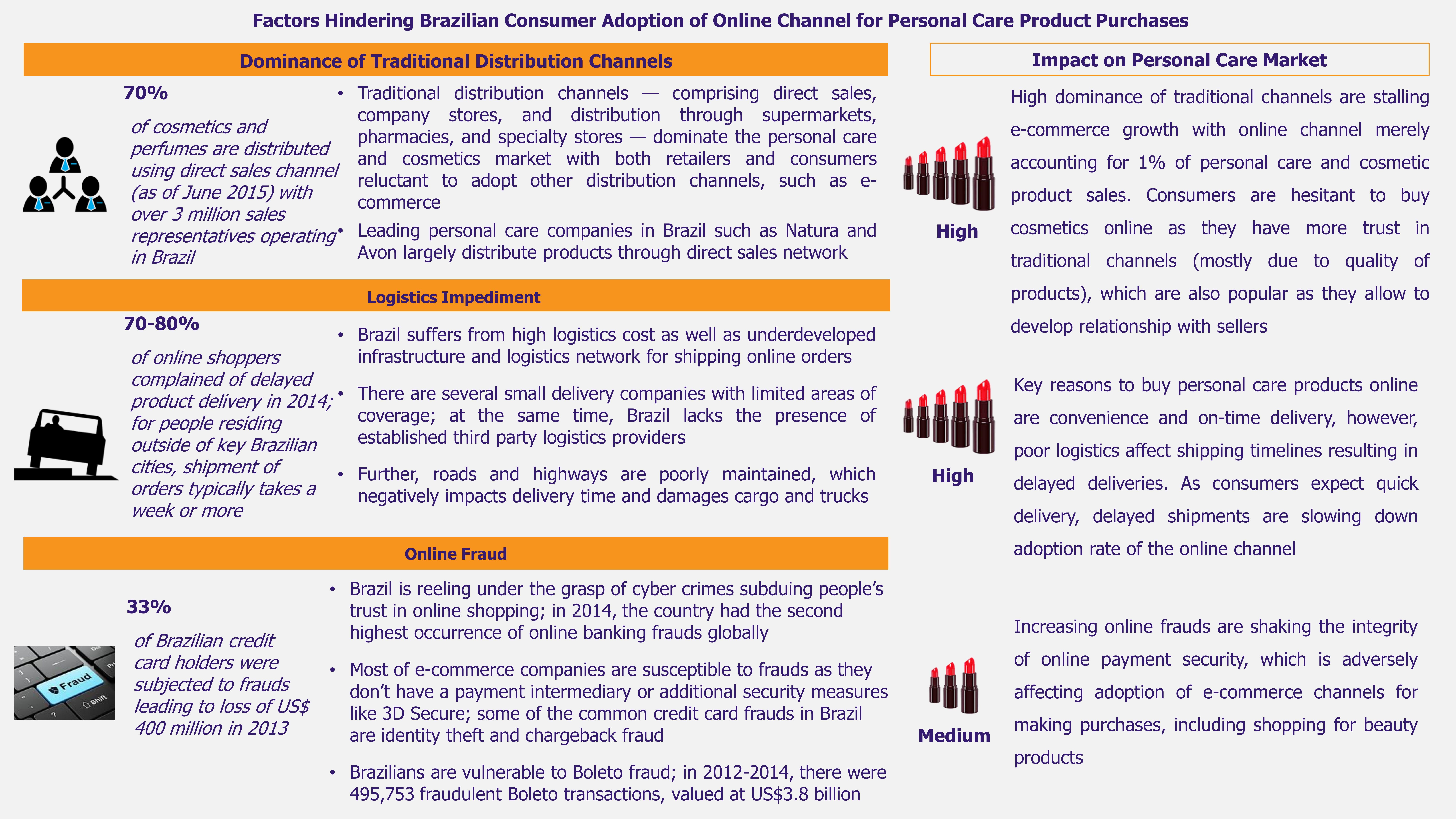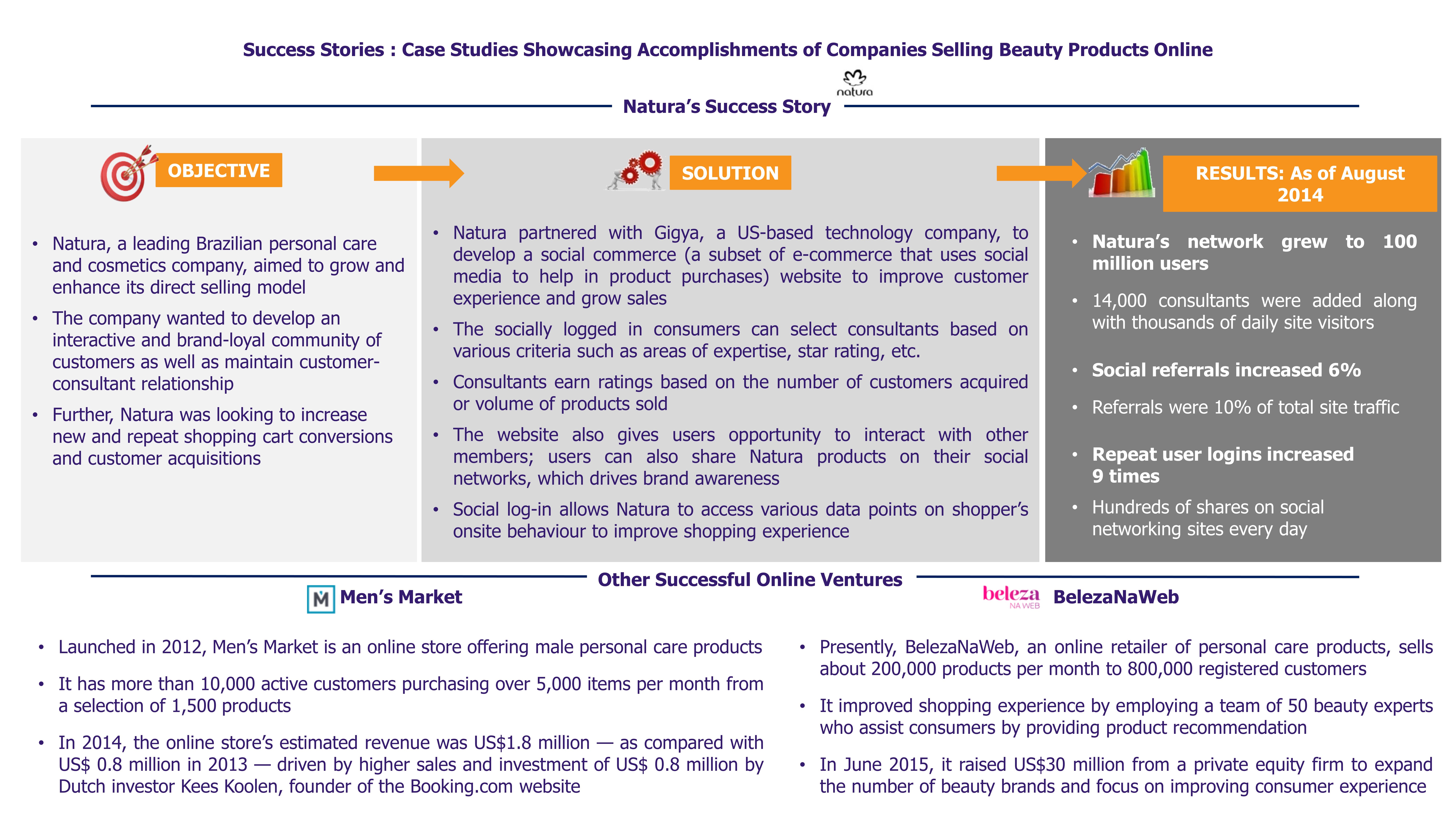349views
Despite the ongoing crisis, there is a continuous interest in green, environmental, and health-centered benefits across consumer products, including personal care. While organic personal care and beauty products markets have been growing in several geographies, they are still a fraction of the overall cosmetics industry. Industry experts expect organic personal care and beauty products to continue on its growth trajectory; it might, however, be hampered by consumer’s increased scrutiny and lack of trust in the authenticity of organic claims.
Cash-stripped consumers do shop less and trade downwards in some of their purchasing choices, however, still remain under the universal pressure to stay young and to fit in the general convention of beauty, allowing the cosmetics and personal care markets to do pretty well. The ever existing need to beautify oneself, satisfy vanity, or to heal personal insecurities, had led to a healthy growth of beauty and personal care industry worldwide during the pre-crisis years. Despite the current slowdown, Euromonitor estimates the beauty and personal care market to grow 5% annually to reach US$562.9 billion by 2017, with the US sales alone accounting for US$81.7 billion.
The industry has not remained untouched by the widespread trend of going green, and natural and organic cosmetics segments have seen some good growth rates even amid crisis. Transparency Market Research estimates that the global demand for organic personal care products was about US$7.6 billion in 2012, with anticipated CAGR of 9.6% by 2018, when it is expected to reach US$13.2 billion. While this might be still a fraction of the overall beauty and personal care industry, the growth is promising, especially that more and more consumers express strong interest in organic cosmetics in hopes of their more beneficial or at least less harmful effect. The interest in organic cosmetics is particularly strong in a few developed countries, led by the USA, Japan, and Germany; however, other developed and developing markets are also exhibiting the trend. It is believed that, over long term, there are even greater opportunities in markets across Eastern Europe, China, Brazil, Mexico, or India, where health awareness is increasing, purchasing power is growing, and ‘going green’ trend is catching up. As a result of these opportunities, makers of organic and natural personal care products proliferate, led by names such as The Body Shop, Burt’s Bee, Dr. Hauschka, Weleda, Bare Escentuals, Herbal Essences, or Aveeno.
However, organic beauty and personal care products industry has its own dark face, and while the growth is promising, there are a few issues challenging the overall market growth.
If it quacks like a duck, is it… ‘organic’?
In several markets (probably most of them), many organic products are not organic at all. While certain level of organic regulation and certification has been achieved in the food industry, personal care industry lags far behind. Therefore, large part of cosmetics, despite having some natural or plant-derived ingredients, is made with synthetic and petrochemical compounds. Further, several of those naturally grown, supposedly organic ingredients, in reality are grown on soil that was treated with fertilizers and pesticides, thus has barely anything to do with organic – pesticides’ harmful effects can be transferred to end products, and further to consumer’s skin. The reason for such dishonesty is not hard to guess: truly organic products are far more expensive at each stage, from product development, to raw material sourcing, to production, as well as distribution, as their short shelf-life is a real challenge for both producers and retailers.
Producers benefit from lack of legislation, as they can put an ‘organic’ label on products with some (even marginal) natural content while using synthetic ingredients to achieve better product properties. However, such practice will harm the industry over long term, since it will destroy overall consumer trust and dilute the differentiation of genuine organic products. Legitimate organic cosmetics have to compete with conventional ones labeled as ‘natural’ or ‘organic’. It is fair to say that the ‘evil’ cosmetics producers just take advantage of the lack of law that would clearly regulate when a cosmetic product can and cannot be called ‘organic’. Organic personal care products are not government-regulated and no global or universal standard has been developed so far.
| ‘Organic’ Legislation Gap
The USA has not introduced any regulation that would control the use of ‘organic’ in labeling of personal care products. While USDA regulates organic agricultural products, which might also be used as ingredients in cosmetics (e.g. honey, cinnamon, avocado), it does not have authority over the production and labeling of cosmetics and personal care products as such. Therefore, if a cosmetic product’s ingredient is plant-derived but is not a food ingredient (e.g. plant-derived essential oils), it does not fall under jurisdiction of USDA, and producer’s claims go unregulated. At the same time, USDA issues certifications under the USDA National Organic Program, however it just allows cosmetics to be certified organic, it does not require it.
Similarly in Europe, there is no clear regulation on the types of claims. There are certain private organization certificates, such as Ecocert, which help guide consumers through the plethora of claims on labels. However, no legislation has made it mandatory for cosmetics producers to obtain such certification, therefore, ‘organic’ claims can still be made. The EU recently introduced new EU Cosmetics Regulation, which imposed uniform rules for all cosmetic products, including “Common Criteria” that identify principles for cosmetic product claims. However, organic cosmetics still lack regulatory definition, leaving an open gate for greenwashing.
|
Greenwashing in the spotlight
With increasing confusion about what really is and is not organic, several organizations and campaigns are pointing fingers at industry cheaters, calling for stricter regulation preventing false claims, and these organizations’ voices are increasingly audible. Drives such as The Campaign For Safe Cosmetics by a coalition of several organizations or Coming Clean Campaign by Organic Consumers Association, point out that governments do not regulate cosmetics industry for safety, long-term health impacts, or environmental damage they cause, and that producers label their health and beauty products falsely as ‘organic’. While these efforts have not led to fundamental changes in legislation, one goal has been achieved: consumers are increasingly aware that the word ‘organic’ on the label does not guarantee organic content. Moreover, consumers learn how to scrutinize the real-deal brands and differentiate them from the ones that just greenwash their products’ image. Just this year, some voices were raised indicating a slowdown in organic beauty products sales. It appears, that while market and consumer trends do remain favorable, the claims on organicity of such products do not convince consumers. Simply put, consumers no longer trust that ‘organic’ means really organic, and that such products can meet their expectations, especially given their higher price.
‘Organic’ or ‘with natural ingredients’?
The inclination to natural content in consumer personal care products is nothing new. However, with the overall confusion of what can and cannot be rightfully called organic from regulatory point of view, there is another issue – lack of clarity on the consumer side. Organic products are not always differentiated in consumer minds, and they are thrown in the same bag with all ‘free from parabens’ or ‘with natural ingredients’ products. This is not the same as a truly 100% organic product, made with organically grown, pure ingredients, with traceable and certifiable organicity of all raw materials used. Still, organic cosmetics marketers have not been able to define clear positioning for their products yet, and they seem to have settled for the word ‘organic’ do the job for them. Yet for many consumers, ‘organic’ and ‘with natural ingredients’ seem almost the same, and they perceive such products as alternative, artisanal, rather than luxury or aspirational, resulting in their lower commitment to purchasing choices remaining only within the ‘organic’ category.
The overall natural cosmetics market, with its organic segment, is growing, and several market leaders have managed to establish a reasonably strong position (while some brands, such as Herbal Essences or Aveena, still being a target of awareness and integrity campaigns). At the same time, there have been several failed attempts to bite a share in the organic sales cake – including Clarins shutting down its Kibio brand or L’Oréal’s Sanoflore brand’s unsatisfactory performance, with some less significant brands exiting the market within a couple of years of launching. The market is quite competitive and not easy to get to, and will be subject to increasingly tightening regulation, though it remains unknown when a truly, organic-oriented regulation will be introduced. Till then, it is up to individual consumers’ to understand the ingredients and research into particular producer’s practices to understand whether they really buy what they think they buy.


















